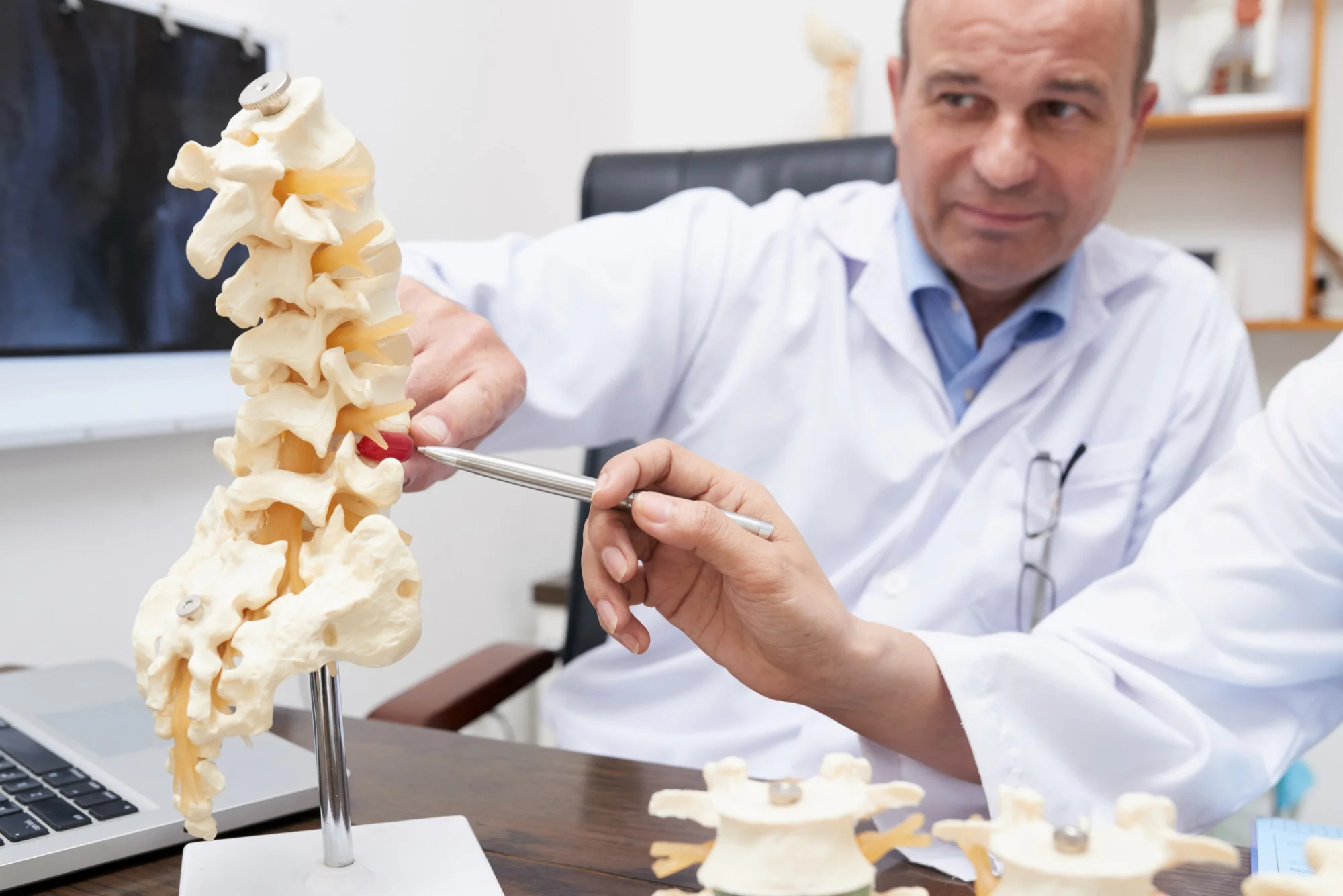In the rapidly evolving world of medical technology, a groundbreaking study published in the esteemed journal “World Neurosurgery” introduces a revolutionary artificial intelligence (AI)-powered deep learning model capable of diagnosing fresh vertebral fractures (VFs) with unprecedented accuracy using Magnetic Resonance Images (MRI). This innovative achievement, which boasts a strikingly high diagnostic accuracy rate, sensitivity, and specificity, marks a significant leap forward in the domain of spinal injury assessment and management.
As of the 13th of January, 2024, the recent study, encapsulated under the DOI: 10.1016/j.wneu.2024.01.035, has captivated the attention of neurosurgeons and orthopedic professionals worldwide. The study was led by Dr. Wang Yan-Ni and her colleagues from the Department of Spine Surgery, Tianjin Hospital, affiliated with Tianjin University, together with collaborative experts from the School of Health Sciences & Biomedical Engineering at Hebei University of Technology and other prestigious institutions.
The accurate and timely diagnosis of fresh vertebral fractures is of utmost importance as it is critical in determining the most effective treatment course for patients. Unfortunately, prior methodologies, particularly using MRI, suffered from limitations in accurately detecting and localizing such fractures. These pre-existing diagnostic constraints often led to delayed or inappropriate treatment interventions, compromising patient outcomes.
The study titled “A Deep-learning Model for Diagnosing Fresh Vertebral Fractures On Magnetic Resonance Images” offers a cutting-edge solution to these challenges. It introduces an AI model that significantly enhances diagnostic accuracy and provides a highly reliable tool for clinicians in identifying injury sites.
Study Overview and Methodology
The prospective study encompassed 716 patients diagnosed with fresh vertebral fractures. The researchers procured and utilized a dataset of 849 Short TI Inversion Recovery (STIR) image slices to train and validate two potent AI models identified as yolov7 and resnet50. These models were precisely tasked with detecting and localizing fresh vertebral fractures.
After rigorous training and validation processes, the findings were astonishing. The AI model achieved a diagnostic accuracy of 97.6% for detecting fresh vertebral fractures, with a sensitivity of 98% and a specificity of 97%. These figures are notably higher than those achieved through conventional diagnosis methods.
When pitted against the established expertise of spine surgeons, the AI model’s performance revealed a high degree of consistency, signifying its reliability and effectiveness as a supportive diagnostic tool.
To further ensure the robustness of the model, an external testing dataset was employed, in which the AI model demonstrated an impressive classification accuracy of 92.4%, a sensitivity of 93%, and a specificity of 92%.
Significance of the Study
The implications of this pioneering research are extensive and multi-faceted:
1. Enhanced Diagnostic Efficiency: The AI model’s ability to swiftly identify and localize vertebral fractures reduces the time between injury detection and the initiation of appropriate treatment, thereby expediting patient recovery.
2. Reduction in Human Error: By augmenting the human diagnostic process, the deep learning model mitigates the potential for oversight or misinterpretation often associated with manual image analysis.
3. Advanced Precision Medicine: The accuracy and specificity of the AI model facilitate personalized treatment planning, aligning with the objectives of precision medicine.
4. Contribution to Research and Development: The study’s positive outcomes embolden continued R&D in AI applications within neurosurgery and orthopedics, setting a precedent for future technological integrations in medical practice.
5. Economical Impact: Streamlining the diagnostic process could lead to cost savings for healthcare providers and patients by reducing the need for additional imaging tests and expedited treatment protocols.
The study team, including Dr. Liu Gang, Dr. Wang Lei, Dr. Chen Chao, Dr. Wang Zhi, Dr. Zhu Shan, Dr. Wan Wen-Tao, Dr. Weng Yuan-Zhi, Dr. Lu Weijia William, Dr. Li Zhao-Yang, Dr. Wang Zheng, Dr. Ma Xin-Long, and Dr. Yang Qiang, present a collective array of expertise in spine surgery, biomedical engineering, and Applied AI. Their interdisciplinary approach has been paramount in bringing this novel diagnostic model to fruition.
Keywords
1. AI Vertebral Fracture Diagnosis
2. MRI Deep Learning
3. Spinal Injury AI
4. Detecting Vertebral Fractures
5. AI in Neurosurgery
References
1. Yan-Ni, W., Gang, L., Lei, W., et al. (2024). A Deep-learning Model for Diagnosing Fresh Vertebral Fractures On Magnetic Resonance Images. World Neurosurgery. https://doi.org/10.1016/j.wneu.2024.01.035
2. Ronneberger, O., Fischer, P., & Brox, T. (2015). U-Net: Convolutional Networks for Biomedical Image Segmentation. arXiv:1505.04597.
3. Litjens, G., Kooi, T., Bejnordi, B. E., et al. (2017). A Survey on Deep Learning in Medical Image Analysis. Medical Image Analysis, 42, 60-88. https://doi.org/10.1016/j.media.2017.07.005
4. Rajpurkar, P., Irvin, J., Zhu, K., et al. (2017). CheXNet: Radiologist-Level Pneumonia Detection on Chest X-Rays with Deep Learning. arXiv:1711.05225.
5. Esteva, A., Kuprel, B., Novoa, R. A., et al. (2017). Dermatologist-level classification of skin cancer with deep neural networks. Nature, 542(7639), 115–118. https://doi.org/10.1038/nature21056
In conclusion, the breakthrough deep learning model described in this landmark study showcased by “World Neurosurgery” offers an invaluable addition to the armamentarium of diagnostic tools available to medical practitioners. The unparalleled accuracy and efficiency of this AI technology promise to transform the landscape of vertebral fracture diagnosis, opening doors for expedited patient care and superior medical outcomes. As the medical community continues to navigate the intersection of technology and patient care, AI-based innovations such as this stand at the forefront, heralding a new era of precision diagnostics in neurosurgery and beyond.
